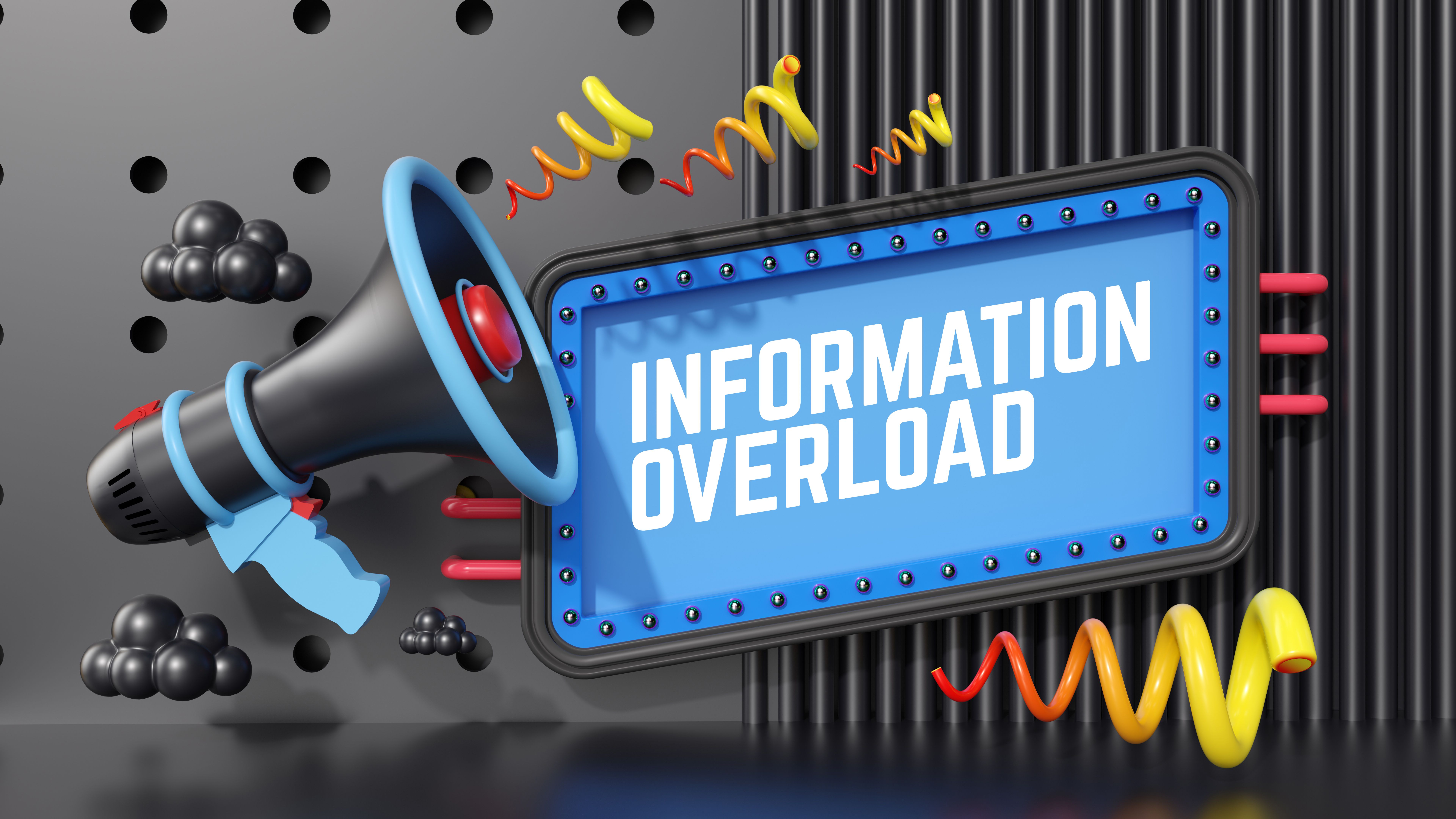Turning Information Overload into Insightful Action
Understanding Information Overload
In today's digital age, we are constantly bombarded with information from a multitude of sources. Emails, social media updates, news articles, and more flood our daily lives, contributing to what is commonly referred to as information overload. This overwhelming influx can lead to stress and hinder our ability to make informed decisions. However, by adopting the right strategies, we can turn this deluge into insightful action.

Prioritizing Information Sources
The first step in managing information overload is to identify and prioritize credible sources. Not all information is created equal, and it’s crucial to discern which sources provide value and reliability. By curating a list of trusted outlets, you can focus your attention on content that truly matters, reducing the noise and gaining clarity.
Consider creating a digital dashboard or using an RSS feed that aggregates content from these preferred sources. This approach not only saves time but also ensures that you are consistently exposed to high-quality information.
Categorizing and Filtering
Once you have identified your key sources, the next step is categorization. Organize the information into categories based on relevance and urgency. Tools like tags and folders can be incredibly useful for this purpose. Additionally, set up filters in your email and social media accounts to automatically sort incoming content, making it easier to focus on what's most important.

Using Technology to Your Advantage
Technology can be a double-edged sword in the battle against information overload. While it can contribute to the problem, it also offers solutions. Utilize apps and software designed to enhance productivity and manage data effectively. For instance, digital note-taking tools can help you quickly jot down insights and ideas gleaned from your reading.
Moreover, consider employing AI-driven tools that analyze data trends and generate summaries, providing you with concise insights without wading through endless material.
Setting Boundaries for Consumption
Another critical strategy is setting boundaries for your information consumption. Allocate specific times during the day for checking emails and social media. This not only prevents constant interruptions but also helps maintain focus on current tasks. Remember, it's okay to disconnect sometimes; stepping away from screens can provide the mental space needed for processing information.

Transforming Information into Action
Turning information into actionable insights involves critical thinking and strategic planning. Start by regularly reviewing the information you've gathered, identifying patterns, and extracting key takeaways that align with your goals. This reflective practice enables you to make informed decisions that drive progress.
Develop a habit of setting actionable objectives based on these insights. Whether it's improving a business process or adopting a new personal habit, having clear action steps ensures that information translates into tangible results.
The Power of Collaboration
Lastly, never underestimate the power of collaboration. Sharing insights with colleagues or participating in discussion groups can provide new perspectives and enhance understanding. Engaging with others allows you to validate your interpretations and refine your approach towards turning information into action.
In conclusion, while information overload is an inevitable part of modern life, adopting these strategies can help transform chaos into clarity. By prioritizing sources, utilizing technology, setting boundaries, and engaging in thoughtful action, you can harness the power of information to achieve meaningful outcomes.